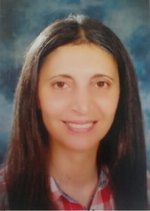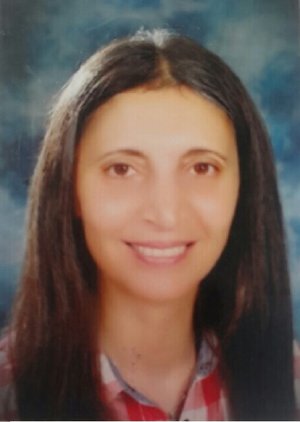سلوى خلف
- طبيعة العمل
- أكاديمي
- المهنة
- استاذ مساعد
- البريد الإلكتروني
- [email protected]
- هاتف المكتب
- (+970) 9 2345113 Ext. 2382


سلوى خلف
- طبيعة العمل
- أكاديمي
- المهنة
- استاذ مساعد
- البريد الإلكتروني
- [email protected]
- هاتف المكتب
- (+970) 9 2345113 Ext. 2382
- Course Title
- cell biology
- Course Number
- 10201321
- Instructor Name
- سلوى خلف
- Contact Information
- [email protected]
- Semester(s) and academic year(s)
- Second Semester -2
- Compulsory / Elective
- Compulsory
This course is concerned primarily with eukaryotic cells. Lectures are devoted to structural details and the molecular functions of the different parts of the cell. Lectures will introduce topics such as endocytosis, intramembrane transport, protein targeting, organelle biosynthesis, protein sorting, exocytosis, cell shape, motility, and cell-to-cell interaction. In addition, lectures will deal with signal transduction processes, cell cycle, mitosis, cancer and cellular functions that are required for cell growth and programmed cell death. By its completion, students should have a comprehensive understanding of the architecture and function of living cells
Become familiar with the various sub-cellular structures and organelles inside eukaryotic cells
♦ Understand how proteins and lipids are synthesized, transported and degraded
♦ Learn about vesicular trafficking, endocytosis and exocytosis
♦ Gain an introduction to cellular signal transduction mechanisms (also known as cell signaling)
♦ Become familiar with the molecular structure and behaviors of the cytoskeleton
♦ Understand the basic events of the cell cycle and the importance of programmed cell death (apoptosis)
At the end of this course, the student should be able to
- Describe the chemical components and processes of cells.
- Describe the storage of genetic information within cells and how this information is passed on to the next generation.
- Discuss membrane structure and transport across cell membranes.
- Discuss the different macromolecules structures and functions.
- Describe the significant processes involved in transfer and storage of energy in a cell.
- Describe the significant processes that occur in cell communication and intracellular transport
- Describe the life cycle of cells and how these cycles are regulated.
- Describe the mechanisms involved in gene expression.
- Discuss the different possible causes of cancer, cellular changes at molecular level and the different methods used and proposed for cancer therapy.
Text book: Becker’s World of the Cell 8th edition (2016). Hardin, Bertoni and Kliensmith
References:
1. Becker’s World of the Cell 8th edition (2012). Hardin, Bertoni and Kliensmith
2. The World of the Cell, 7th ed (2009), by Becker, Kleinsmith, Harden and Bertoni
3. Becker, Kleinsmith, and Hardin, 2006. The World of the Cell, 6th ed. Pearson Benjamin Cummings.
4. Becker, Kleinsmith, and Hardin, 2004. The World of the Cell, 5th ed. Pearson Benjamin Cummings.
5. Gerald Karp, 2008. Cell and molecular Biology; concepts and experiments, 5th ed. John Wiley and sons.
6. Alberts et al, 2004. Essential Cell Biology, 2nd ed. Garland Science.
7. Pollard, T.D. and Earnshaw, W.C. 2002.Cell Biology, 1st ed. Elsevier Science (USA).
8. Lodish, H. et al. 2002. Molecular Cell Biology, 4th ed. New York: Freeman and Company.
9. Cooper,G. M., 2000. The Cell: A molecular approach. 2nd ed. Washington, D. C. ASM press.
| Activity | Percent (%) |
|---|---|
| First exam | 25% |
| Second exam | 25% |
| assignments | 10% |
| Final exam | 40% |